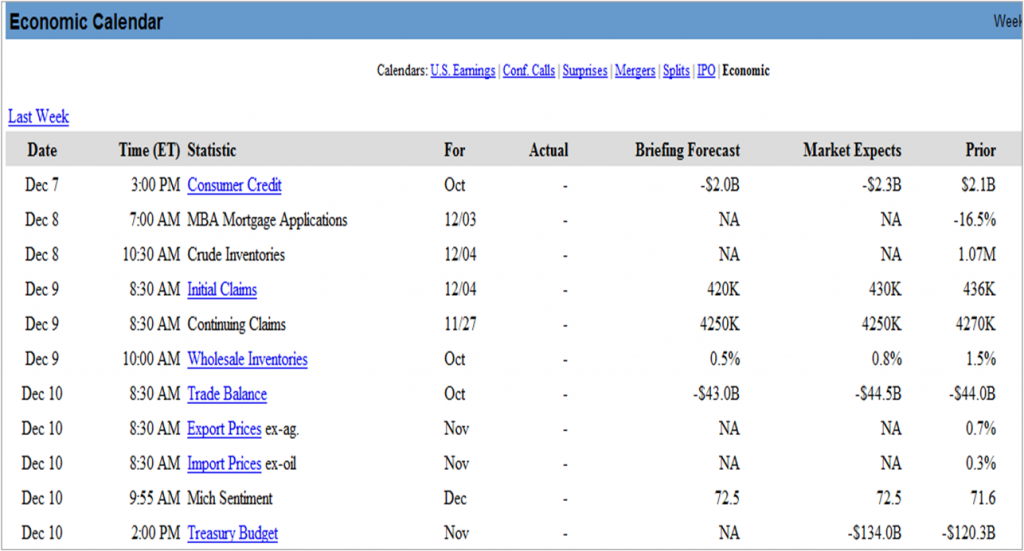4 Web Tips for Asset Managers from Gawker (Part 2)
In a post last week, I suggested that pending design changes to Gawker’s popular blog family offer up 4 good ideas for asset managers and their Web sites. The previous post covered two of those ideas; and without further ado here are two others:
- Appointment Viewing Works: Having experimented with pre-scheduled content and “theme” weeks, Gawker has found that they do well at attracting readers. In the past I’ve advocated that asset managers too embrace programming practices from the media – preset publishing schedules that can be promoted in advance, serialized content that can stretch over time. Gawker’s data validates that this works.
- Video is an Advertising Prerequisite, Too: The Web has gone way beyond static banner ads. Gawker notes that 30-50% of potential sponsors have video ads to run online. While asset managers have integrated more video into their Web sites, how fast can they start using video to support their online advertising as well?
Yes, Gawker is not an asset manager. Content is their product. But what they’ve learned in repeatedly trying to engage more people with their content parallels the similar challenges of asset management marketing and eBusiness teams.






